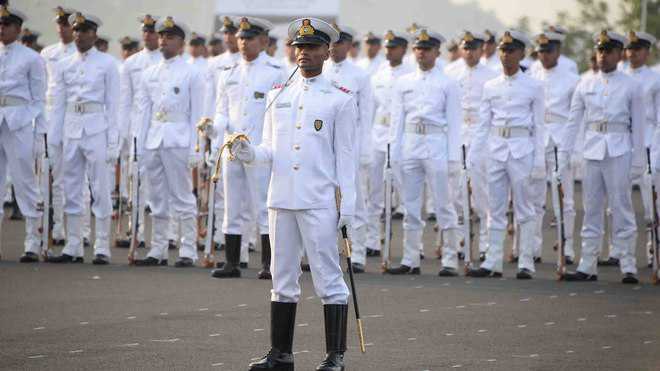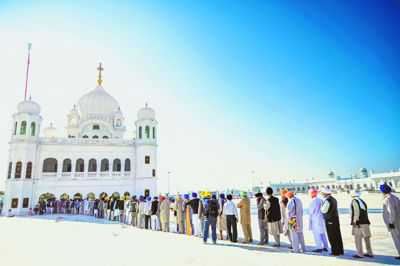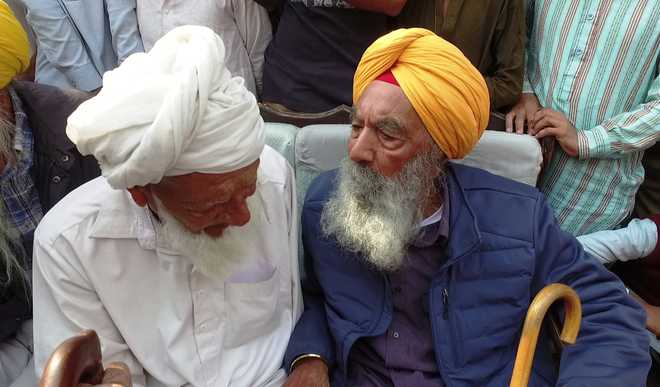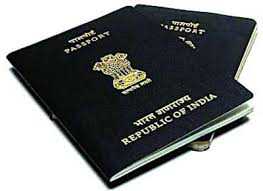Pervin Malhotra
email your queries to careers@tribunemail.com
Q.I’m preparing for JEE along with my Class XII Boards. I’m also interested in joining the armed forces, particularly the Navy, but have not prepared for the NDA exam due to my tight schedule. Please suggest what I should I do to keep this option open. —Yashpal Saini
A. Male candidates who’ve passed their Senior Secondary or equivalent exam from any Board with at least 70 per cent aggregate in physics, chemistry & mathematics and scored at least 50 per cent in English (in class X/XII)and obtained a rank in the JEE (Main) 2020 for BE/BTech can join the Indian Navy under the 10+2 (Technical) Cadet Entry Scheme.
DoB: July 2, 2001- Jan uary 1, 2004.
Upon selection, you’ll be inducted as Cadets for the 4-year BTech course in Electronics & Communication or Mechanical Engineering at the prestigious Naval Academy, Ezhimala Kerala.
The best part is that the entire cost of training throughout, including books and reading material, will be borne by the Indian Navy. You’ll also be provided with free clothing, board and lodging.
The application window is typically open till mid-June 2020.
Do read the instruction carefully on their website: www.joinindiannavy.gov.in before applying online.
For any further Queries call on the Toll-Free no: 1800-419-2929 and press Option 7 to speak to a customer care representative.
A veritable ocean of opportunities await you: The Indian Navy is a technology-driven force with its ships, submarines and aircraft fitted with cutting edge equipment. As an Engineer Officer, you’ll get an opportunity to operate and maintain the Marine Engineering equipment on board ships /submarines/ aircrafts as well as in Repair Yards and Maintenance Units besides working in Design and Production of indigenous ships.
No other career exposes an engineer to such a wide spectrum of job profiles. As an Engineer Officer, you’ll also get ample opportunities to undergo technical courses/Post Graduation in India and abroad.
Get on the nursing course
Q.I’m a Class XII student in Jammu. I have always dreamt of a career in medicine — either practice or research. However, I belong to a conservative family who feel that I should be looking at simpler options because there are so few medical seats and they are not aware of the employment prospects. How should I convince them? — Ummaid Bakhtawar
A. As far as I know, 400 additional seats have been allotted for new medical colleges in your region, taking the number from 500 to 900 (the largest jump in any state).
Besides five new nursing colleges, two new AIIMS are coming up in Awantipora (Kashmir and in Vijaypur (Jammu)
Moreover, students of Kashmir & J&K have a 3 per cent reservation in seats and jobs in government institutions across the country.
I also read somewhere that J&K ranks among the top states to implement Ayushman Bharat scheme. Dedicated medical
cities are being set up to implement the Health Investment Policy and medical facilities across health centres and hospitals have been upgraded, DNB courses have introduced in 63 specialties across 16 leading hospitals, new posts have been created and new appointments made.
So all in all, it’s a great time to be studying medicine for students like you…! And I’m sure your parents will come around, when you present them all these facts. Best of luck!
When life serves you lemons…
Q.I am 27 years old and hearing impaired for the past 10 years. While my left ear is completely deaf, I used to wear a hearing aid in the right one. Despite this I was somehow carrying on until a viral fever recently infected my head, body, nose and throat. Within 3-4 days I stopped hearing almost completely despite the hearing aid. Docs say that I’ve lost my hearing and have prescribed medication, but it’s not helping. Even using a more powerful aid doesn’t seem to work. Cochlear implant may be the solution but I can’t afford it right now. I’ve lost my job as it involved a great deal of communication. I am now feeling terribly depressed. Please tell me what options are open for me? Although I am a fighter by nature, I’m feeling very depressed. I need someone to show me the way. I have a private school background and a diploma in computers. —Gitanjali Sood
A. Why are you depressed…! Sure, hearing loss is a disadvantage – but only a partial one. All your other faculties are intact!
The fact that you’re in this world with all its wonders and experiences and that you have the ability to see them, feel them and touch them – that’s the greatest blessing of all. For sure, your glass is more than half full.
Coming to jobs, there are so many things you can do today– all the more, since you’re computer savvy!
By your own admission, you’re a fighter. So, prove it by fighting it out. Take up the challenge.
Research suggests that the hearing impaired tend to be the least distracted, highly motivated and display a capacity for high retention that places them at par and at times, even better than their hearing counterparts.
Now there is reservation for the handicapped in all government jobs etc. Hearing impairment is a prominent condition recognised by the government.
Of course, you’ll have to sell your skills and capabilities to the employer – quite like any other candidate. Just make sure your skills are well-honed and up-to-date.
With mandated reservations for PWDs in almost all categories of jobs, I don’t think you should have a problem landing a good one with a bit of effort. If you have an entrepreneurial streak, that too is a wonderful option. Remember, the only insurmountable disability in life is a bad attitude. Best of luck!
Decoding the Canadian dream
Q. Why is it that so many Indians (and predominantly those from Punjab) are heading to Canada for work? Many of my friends are planning to go to Canada for higher studies. — Shamsher Singh Chahal
A. There are a number of reasons. Although the US has tightened the screws on immigration, its North American neighbor has shown its readiness to cash in on the chance to attract more international talent to meet Canada’s growing need for skilled professionals.
Besides being a relatively safe, friendly and clean place, a recent survey has interestingly found that Canada is more open to welcoming Indian STEM (Science, Technology, Engineering & Maths) professionals over those from China. Among Asian countries, only South Korean immigrants are more prized for highly skilled jobs than Indians.






















































































































